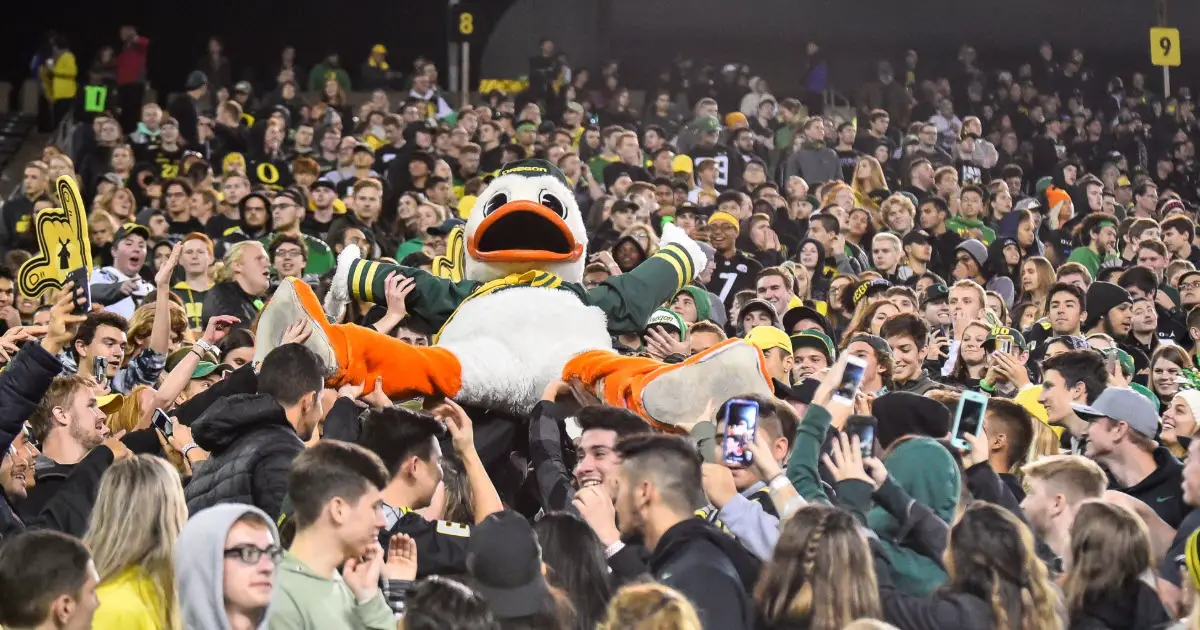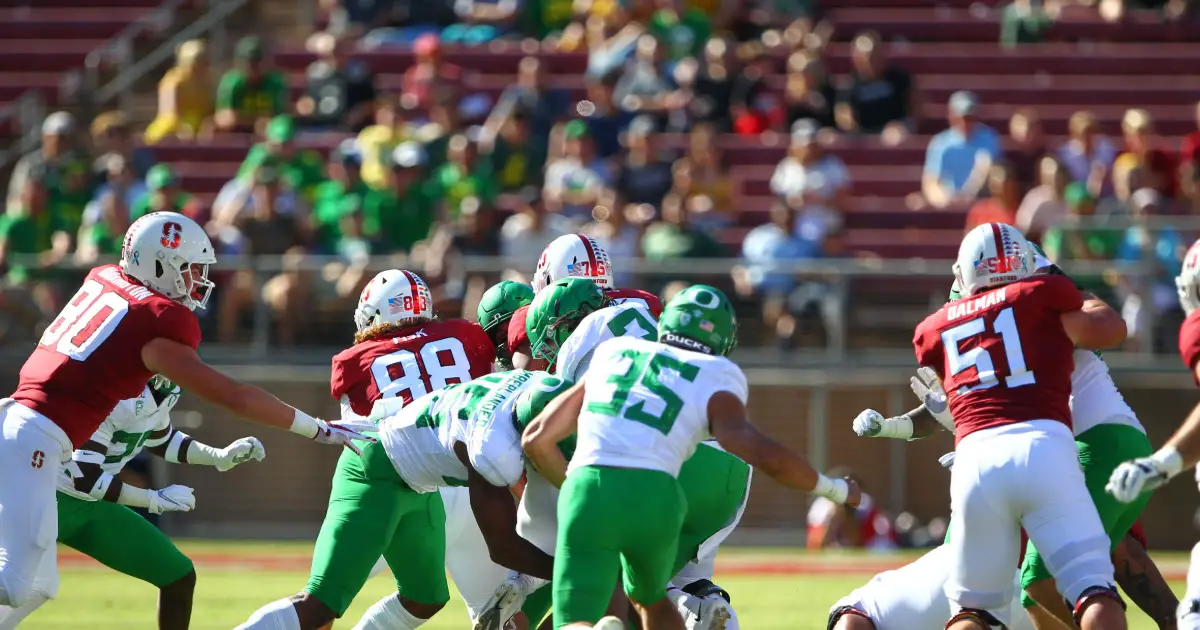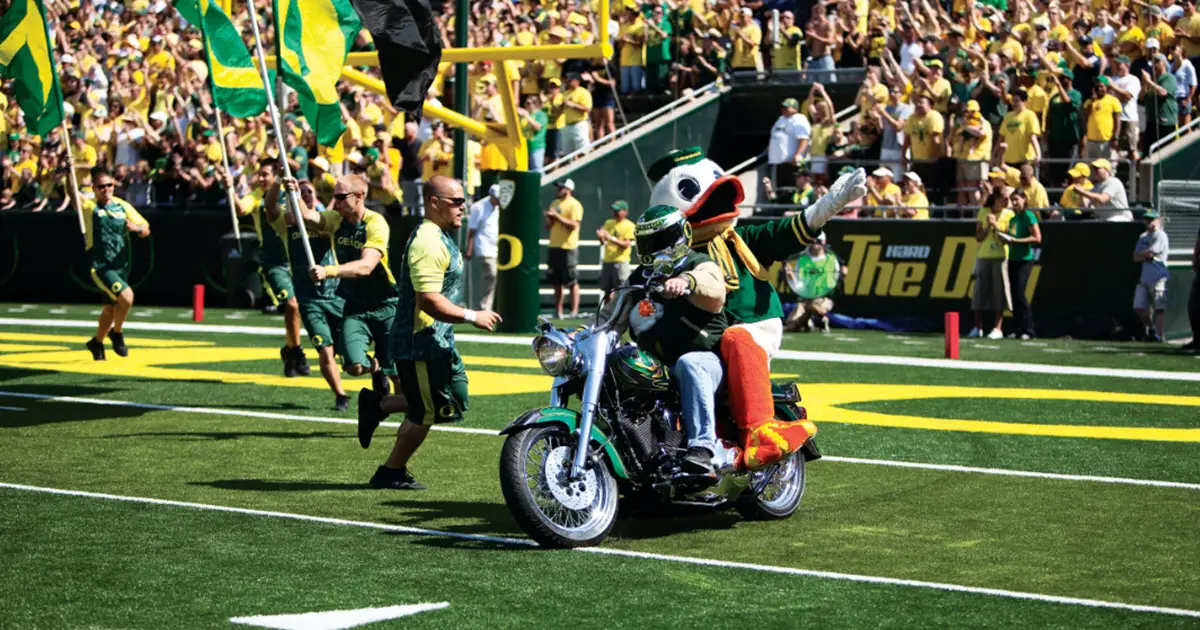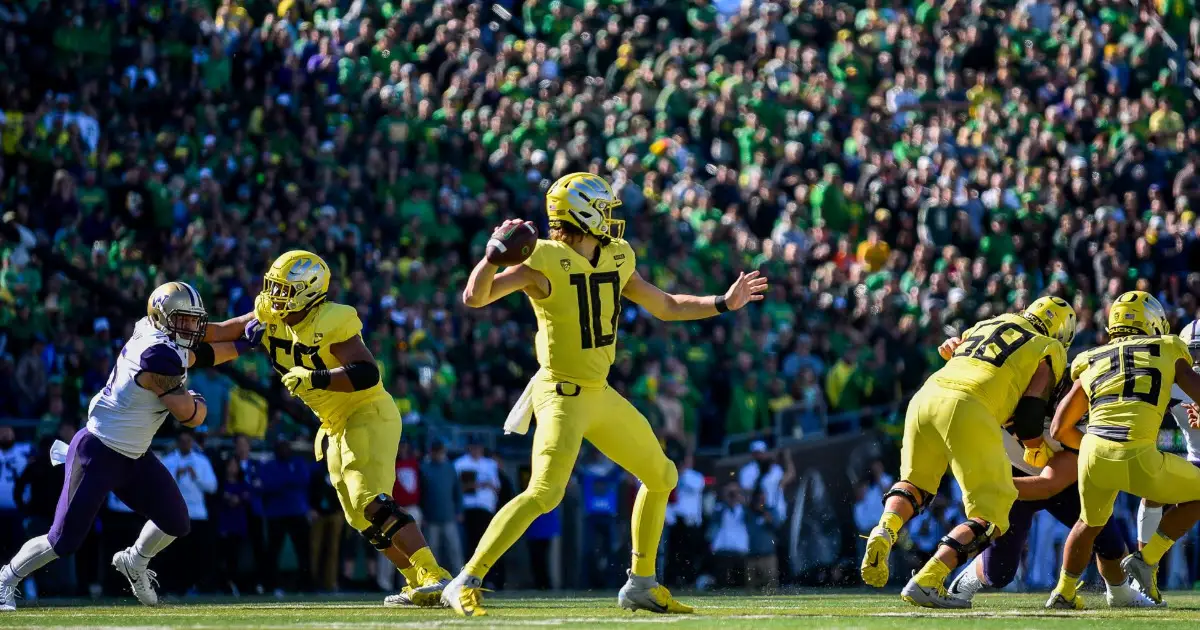It has been a long off-season. Basketball ended early due to the pandemic, as did all other sports. The recent restart of professional sports showed that limited crowds don’t have to stop sports.
Last weekend college football restarted in a limited capacity, with small crowds and every team missing players. The games were alright, but without any major teams in action, the weekend lacked a headliner to look forward to. With SMU beating Texas State by only one score, there was even a little drama.
But something was missing. Something was wrong with the weekend that didn’t involve the visuals, the quality of play or even the fact that out of eight games, only one of them felt close.
What Was Missing?

College football is all about atmosphere.
It was the fourth quarter of the SMU-TSU game with about 1:00 remaining on the clock. Texas State had the ball in SMU territory, down 31-21. They needed a score, an onside kick and another score to win or tie the game. The Bobcats were three touchdown underdogs heading into the game and they had a chance to win late.
So, what was the problem?
There was no energy in the stadium. Texas State fought to get to that point, forcing a far more talented team to turn the ball over repeatedly and struggle to find a rhythm on offense. The stadium should have been rocking. But it wasn’t. The Bobcats’ home stadium was nearly silent during a quest for an upset to start a season.
The obvious fact is that 1/4 of the stadium’s capacity cannot generate the noise of a full stadium. Some might argue that TSU isn’t all that popular in college football, so that’s why there was no excitement as they drove inside the SMU 20 yard line, but I know better.
Bobcat Stadium has a maximum capacity of 30,008, which isn’t a ton, but is a number perfectly capable of generating noise. The maximum number of people allowed at the game Saturday was 7,502. That is fewer people than most high school football stadiums in Texas.
During the second quarter when Jeremiah Haydel made an early catch of the year candidate to tie the game, there was almost no sound emanating from the stadium. That catch and score should have sent the stadium in to a frenzy, but there was only a smattering of applause and a couple cheers heard in the broadcast.
How Does a Lack of Fans Hurt College Football?

Stanford has been preparing for a lack of fans for a while now.
The NBA had an incredible restart. With their “bubble” resulting in a grand total of ZERO COVID-19 cases since the restart in July, the NBA has shown that with a limited number of players, a lockdown can be successful.
The MLB has had a largely successful restart with only a handful of cases. This is especially impressive given the number of MLB players and the amount of travel occurring.
The NHL, like the NBA, has had a massive success without much talk of COVID-19, and a tremendous product on the ice.
So why can’t college football just copy the professional leagues restarts? Well, first there is the human element. The University of Alabama has had over 2,000 positive COVID-19 tests since allowing students on campus. The fact of the matter is that college kids are young and irresponsible. They lack the professionalism and understanding of consequences of professional athletes, who know that if they mess up, their careers could be over.
That is not to say that college football players won’t take the situation seriously, but students on campus won’t. And if a student in a dorm gets the virus, so do others in the dorm.
The second reason colleges cannot copy the other leagues is because of the venues. The MLB has no problem playing with no fans because, quite simply, the MLB already cannot fill their stadiums. The NBA is a league that feeds on its fans, and they have the ability to effectively pump crowd noise in to their arenas to simulate large crowds. Football stadiums are far too large to do the same in any meaningful way.
Unfortunately, college football needs fans in the stadiums. The sport depends on the excitement of people at the games, not just of people on their couches.
What Should the Pac-12 Do?

Autzen isn’t the same when it is empty.
The Pac-12 is in a tough spot. Currently the only Power 5 conference without any real plans to start the season is the Pac-12. The Pac has just recently improved its ability to test players for the virus, sparking hope of a season during the late fall.
But the conference should wait. As someone who is crazy about sports, and more specifically Oregon sports, the conference should wait until fans can fill Autzen Stadium to the brim to play, because anything less than a perfect game day isn’t worth the point of “at least football is on” that so many of us were hoping would save the fall.
It has been over a year since the Ducks kicked off 2019 against Auburn in Arlington, Texas, and it has been nine long months since they ended their storybook season with a Rose Bowl victory against Wisconsin. Let’s wait a little longer, because 13,500 people in Autzen would be a travesty.
Ryan Robertson
Yuma, Arizona
Top Photo by Kevin Cline
 Natalie Liebhaber, the FishDuck.com Volunteer Editor for this article, works in the financial technology industry in Bozeman, Montana.
Natalie Liebhaber, the FishDuck.com Volunteer Editor for this article, works in the financial technology industry in Bozeman, Montana.
Related Articles:
Oregon Enters Playoffs Better Off Than Last Year
Will The Coaching Carousel Kill Oregon's CFP Chances?
The Playoff Formula Hasn't Changed
Oregon Aims to Bury Dawgs, Punch Playoff Ticket in Rivalry Clash
Huskies Are the New Beavers, Stay In Your Lane Kiffin, and the Civil Apple Cup War
Oregon Football: The X-Factor Vs. Washington
Ryan Robertson is a defense contractor for the United States Marine Corps. A lifelong Duck fan from Grants Pass, he joined the Army out of high school. After four years as an Intelligence Analyst he decided it was time to further his education and pay more attention to his Ducks. One of Ryan’s first memories is of watching the Ducks, led by Joey Harrington, beating up on the Utah Utes in 2001. His grandfather ran track at Oregon in the ‘50s. He loves the Ducks, and has a passionate interest in reading every scrap of analysis centered around the football team.

